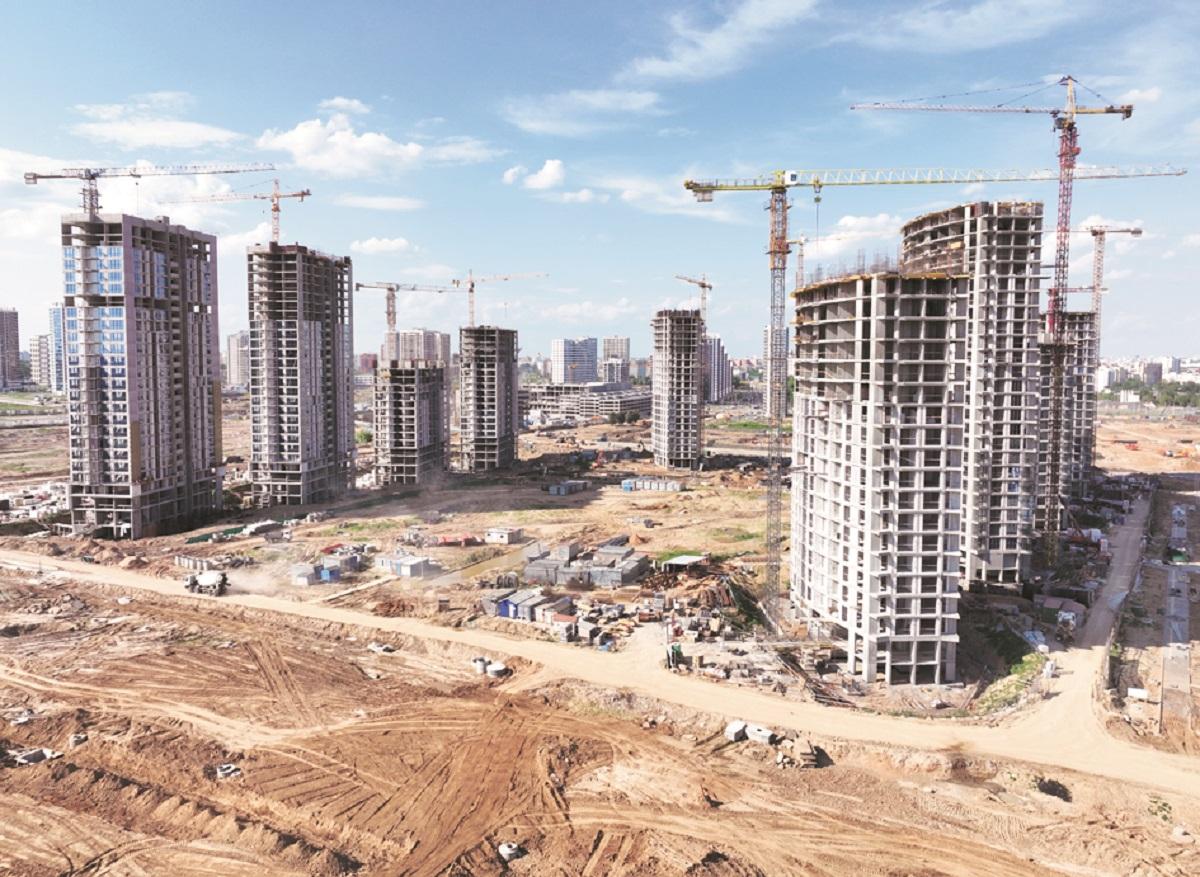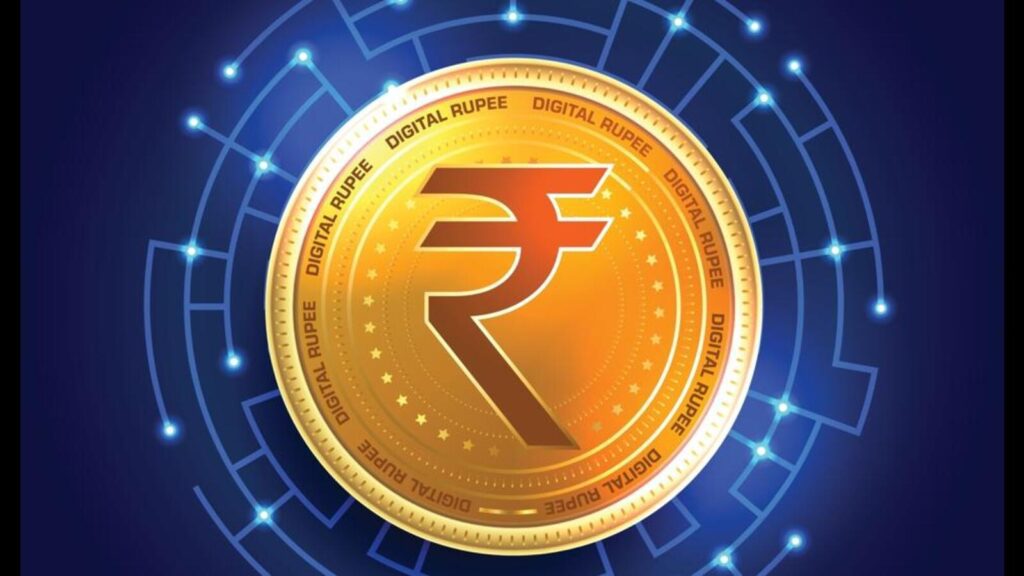Now Reading: Tier-2 Cities Lead India’s Crypto Wave: Why Jaipur, Patna & Lucknow Are Surging
-
01
Tier-2 Cities Lead India’s Crypto Wave: Why Jaipur, Patna & Lucknow Are Surging
Tier-2 Cities Lead India’s Crypto Wave: Why Jaipur, Patna & Lucknow Are Surging

The face of crypto adoption in India is changing fast. While metro cities still drive major volumes, Tier-2 cities like Jaipur, Patna, and Lucknow are quietly leading the next wave of digital investment. This shift signals a deeper change in how smaller urban centers are embracing financial technology and shaping the future of India’s digital economy.
In these growing cities, young professionals and students are turning to crypto as a new form of investment. Many see it as an alternative to gold, property, or mutual funds. The attraction lies in accessibility—anyone with a smartphone and internet connection can start investing. With rising digital literacy and easy-to-use apps, crypto no longer feels distant or complex for people living outside metros.
Jaipur, for instance, has become a hub for small business owners experimenting with blockchain-based transactions. Patna’s youth, driven by curiosity and side-income goals, are increasingly joining crypto communities online. In Lucknow, tech-savvy graduates are trading part-time while balancing studies or jobs. This movement shows a growing confidence among smaller cities in exploring modern financial tools.
The reasons behind this rise go beyond curiosity. Tier-2 cities have seen strong growth in fintech infrastructure—better connectivity, UPI familiarity, and mobile-first platforms. For many, the shift to digital payments during the pandemic built trust in virtual money systems. Crypto feels like a natural extension of that digital journey.
Still, the surge is not without challenges. Awareness about risks remains limited. Many investors enter the market without fully understanding volatility or security concerns. The lack of local experts or advisors often leads people to rely on social media influencers, which can be risky. Scams and misleading projects are another concern, especially for newcomers who may not know how to verify legitimacy.
There’s also uncertainty around regulations. The Indian government hasn’t fully defined its stance on cryptocurrencies. Taxation rules exist, but policy clarity is missing. For investors in Tier-2 cities, this creates confusion about the long-term safety of their investments. Some prefer waiting for clear guidelines, while others continue experimenting with small amounts.
Despite the risks, the interest is real and growing. Crypto exchanges have noticed more new users signing up from cities like Indore, Nagpur, and Surat than ever before. Educational content in Hindi and regional languages has also helped bridge the knowledge gap, making crypto discussions part of everyday conversations.
The rise of crypto in Tier-2 India represents more than just a trend—it reflects ambition. People in smaller cities want equal access to financial opportunities once limited to metros. They want to participate in global trends, diversify income sources, and build wealth on their terms.
India’s crypto future might not be written in Bengaluru or Mumbai alone. It’s unfolding in classrooms, co-working spaces, and small shops across the country’s heartland. As awareness spreads and regulation matures, the voices from these cities could define how the country balances innovation with responsibility in the digital economy.

























